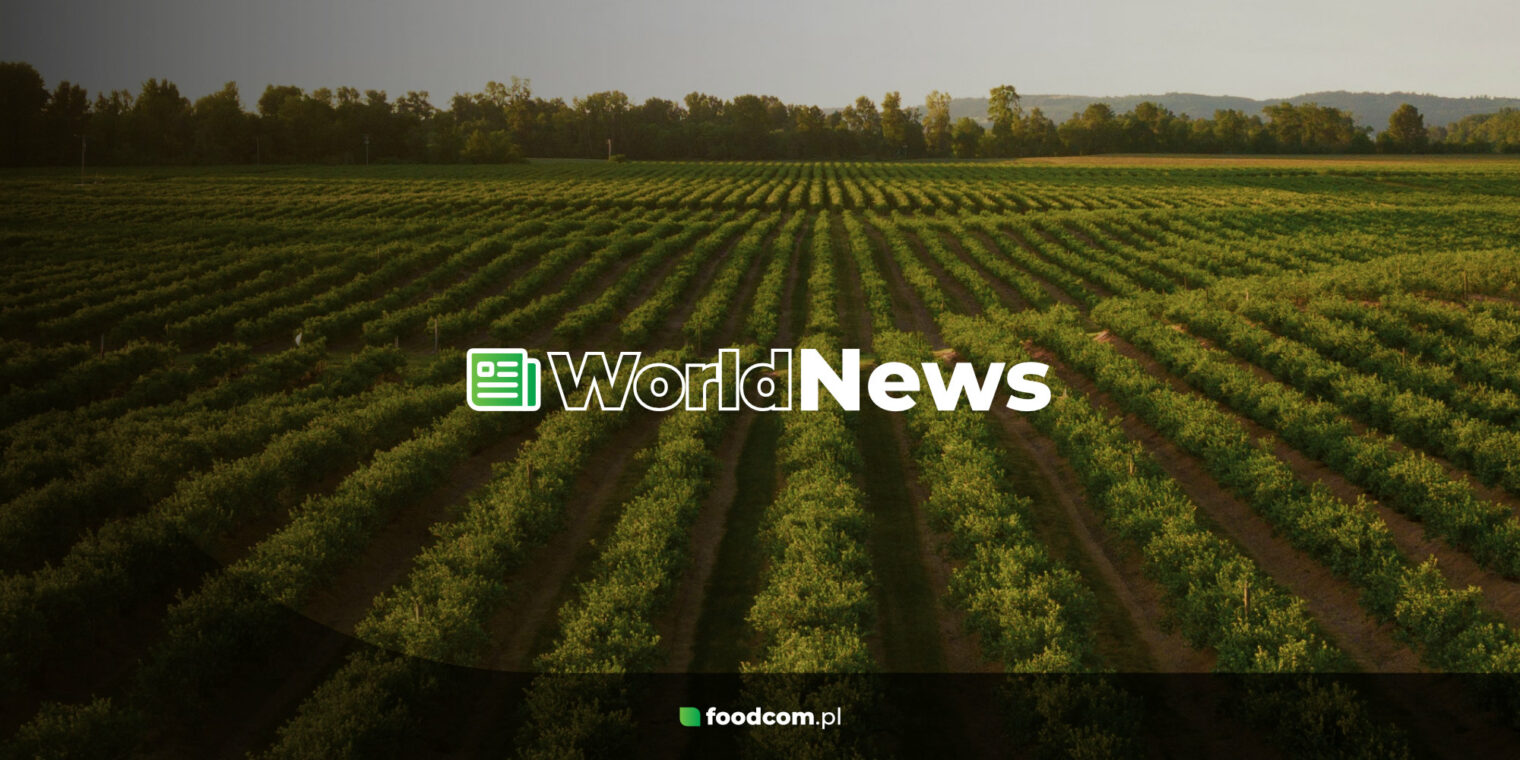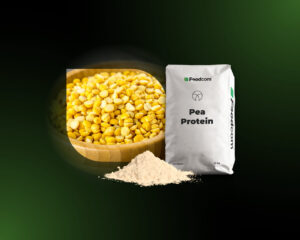Die ukrainischen Erbsenexporte im Wirtschaftsjahr 2019/20 waren um 36% rückläufig. Der Export hat sich im Jahr 20/21 beschleunigt, aber die Zahlen sind immer noch schwach. Dies ist hauptsächlich auf die von Indien verhängten Zölle zurückzuführen, das der wichtigste Importeur auf dem Erbsenmarkt ist. Die laufenden Gespräche mit China könnten die Situation ändern. Die Entscheidung könnte im ersten Quartal 2021 fallen.
Weltmarkt für Erbsen
Die weltweite Erbsenproduktion wird während des Prognosezeitraums (2019-2024) voraussichtlich mit einer durchschnittlichen jährlichen Wachstumsrate (CAGR) von 5,9% zunehmen. Die Vielfalt der Erbsen (unter anderem grüne, gelbe, maple) wird in kälteren Klimazonen wie Europa und Nordamerika angebaut. Der Großteil der Produktion der USA und Kanadas (mehr als 75%) wird nach China und Indien exportiert. Das sind schnell wachsende Regionen, die das Wachstum des Erbsenmarktes vorantreiben.
Was Europa betrifft, gibt es viele produzierende Länder, hauptsächlich Frankreich, wo das jährliche Wachstum bei 8,1% liegt. Es war Rouquette Freres, ein französisches Unternehmen, das eine mehrjährige Partnerschaft mit Beyond Meat bezüglich der Lieferung von Erbsenprotein unterzeichnete.
Stärken und Schwächen
Erbsen haben vielfältige Verwendungsmöglichkeiten sowohl in der Lebensmittel- als auch in der Futtermittelproduktion. Sie haben einen hohen Proteingehalt und sind eine ausgezeichnete Quelle für Aminosäuren und Zucker, während sie relativ kalorienarm sind. Vitamine, Mineralstoffe und Antioxidantien stärken die Position der Erbse als ausgezeichnetes Getreide für die Ernährung.
Allerdings sind Erbsen in Bezug auf Verarbeitung und Lagerung recht anspruchsvoll. Sie neigen leicht zum Brechen unter dem Einfluss hoher Temperaturen und während der Reinigung. Darüber hinaus reifen sie ungleichmäßig.








